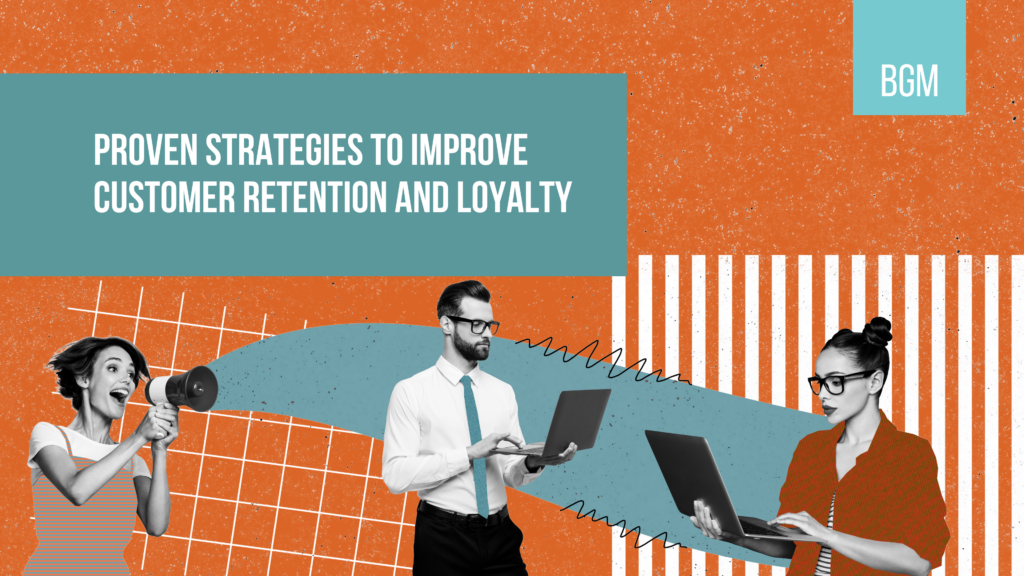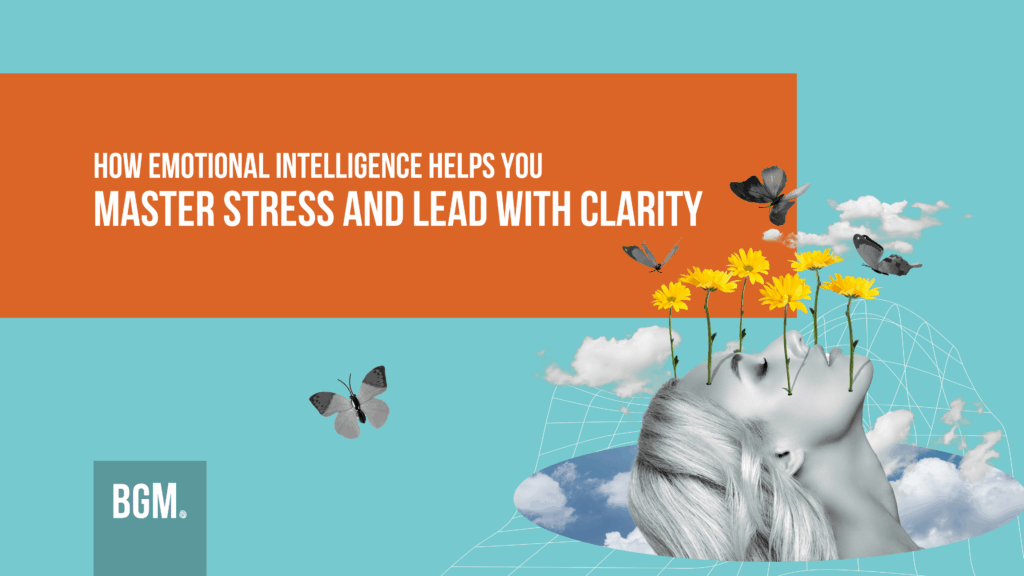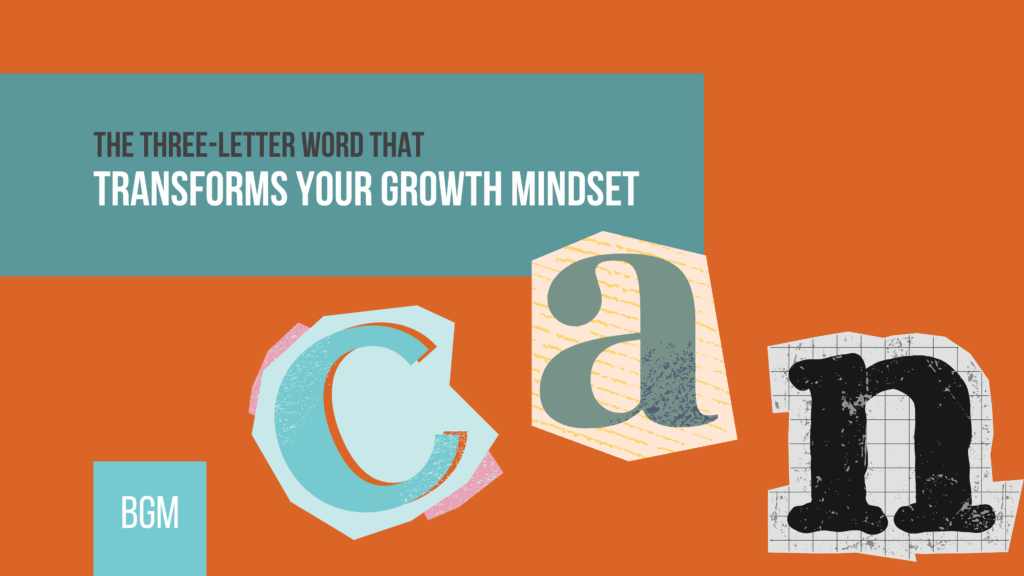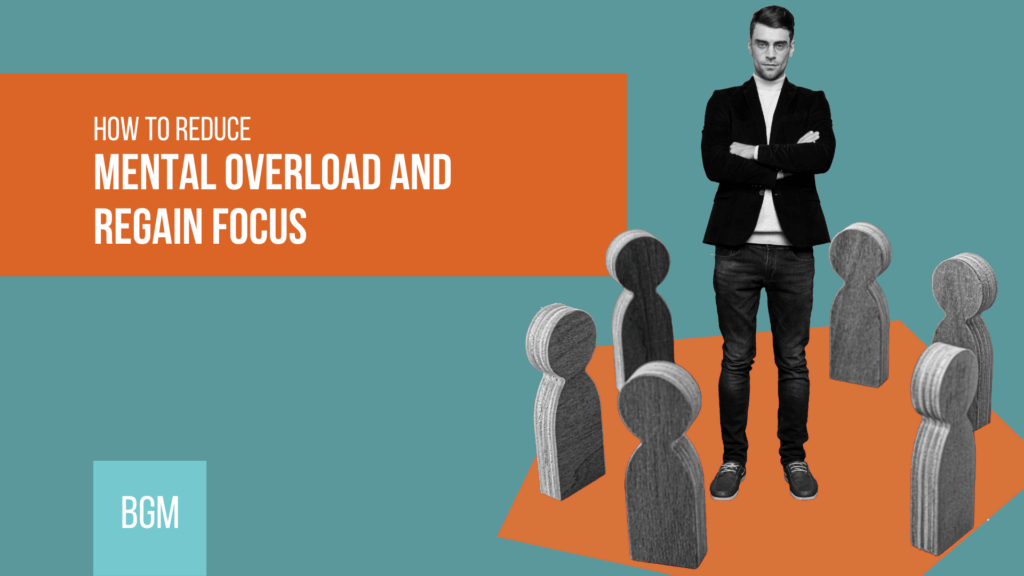Many businesses pour resources into acquiring new customers but often overlook their most valuable asset—the customers they already have. The truth is that it costs five times more to acquire a new customer than to retain an existing one.
Even more importantly, loyal customers spend more, refer others, and help build a strong brand reputation. So, how can you increase customer retention and build long-term loyalty? Let’s break it down.
Why Customer Retention Should Be A Top Priority
A business that thrives on repeat customers is far more stable than one that constantly chases new leads. Here’s why focusing on retention is critical.
Increased Lifetime Value (LTV) – Loyal customers spend more over time, increasing their total value to your business
Higher Profit Margins – Since retention costs less than acquisition, profit margins improve with repeat customers.
Stronger Brand Advocacy – Satisfied customers become ambassadors, recommending your brand to others.
Reduced Marketing Costs – Loyal customers require fewer advertising dollars to keep engaged compared to acquiring new leads.
Now, let’s look at the key strategies to keep your customers engaged and coming back.
The Role Of Customer Feedback In Retention Strategies
Customer feedback is the heartbeat of retention. If you don’t understand what customers love—or dislike—about your business, how can you improve? Gathering and acting on feedback helps you.
Identify Pain Points – Address customer frustrations before they lead to churn.
Enhance Products & Services – Tailor offerings to better meet customer needs.
Show Customers They Matter – When customers see that their feedback leads to real change, they feel valued and stay loyal.
How To Collect And Use Customer Feedback Effectively
- Surveys & Polls – Send post-purchase surveys to gauge satisfaction and gather insights. Keep them short and actionable.
- One-on-One Conversations – Speak with long-term clients to understand their evolving needs.
- Social Listening – Monitor social media comments, reviews, and direct messages to track customer sentiment.
- Net Promoter Score (NPS) – Ask customers – “How likely are you to recommend us?” to measure loyalty levels.
Most importantly, act on feedback. Customers want to see real improvements based on their input—this builds trust and long-term loyalty.
How To Create A Loyalty Programme That Works
A well-designed loyalty programme does more than offer discounts—it makes customers feel emotionally connected to your brand. Here’s how to build one that drives retention.
Make It Simple & Valuable
Customers should easily understand the rewards. Overly complex point systems often get ignored.
Go Beyond Discounts
STOP relying on discounts for your offers. Offer exclusive access, VIP perks, free upgrades, or early product releases. Customers value unique experiences over generic discounts.
Personalise The Experience
Use purchase history and preferences to offer tailored rewards. Personalised recommendations make customers feel valued.
Encourage Engagement Beyond Purchases
Reward customers not just for spending but also for referring friends, writing reviews, and engaging on social media.
Surprise & Delight
Unexpected rewards, such as a personalised thank-you note, birthday gift, or early access to new products, create an emotional connection.
Warning Signs That You’re Losing Customers
Waiting until customers leave before taking action is a mistake. Here are some early warning signs.
- Reduced Engagement – Customers stop opening emails, interacting on social media, or visiting your store/site.
- Declining Purchase Frequency – If regular buyers start making fewer purchases, they may be drifting away.
- More Customer Complaints – An increase in complaints or negative reviews often signals frustration.
- Drop in Net Promoter Score (NPS) – A falling NPS score means fewer customers are likely to recommend your brand.
- Higher Refund or Cancellation Rates – An increase in cancellations or refunds could indicate dissatisfaction.
How To Re-Engage At-Risk Customers
If you notice these red flags, take action quickly.
Reach Out Proactively – A simple “We Miss You” email with a personalised offer can reignite interest.
Offer an Incentive – A discount, exclusive deal, or special upgrade can entice customers back.
Improve Customer Service – If feedback suggests dissatisfaction, address it with better support or product improvements.
Beyond Transactions – Building Genuine Customer Relationships
Customer retention isn’t just about getting people to buy again—it’s about creating an emotional bond that makes them choose your brand repeatedly, even when competitors offer alternatives.
Make Customer Service A Priority
Outstanding service is one of the best ways to ensure customer loyalty. Brands known for exceptional service -like Apple and The Iconic – have fiercely loyal customer bases.
Provide Value Beyond The Sale
Share educational content, offer free resources, or provide industry insights that keep customers engaged with your brand.
Foster A Community
Encourage interaction through exclusive groups, forums, or events where customers can connect. Brands like Lululemon build strong communities through fitness events and digital engagement.
The Long-Term Impact Of Customer Retention
A strong retention strategy creates repeat business, positive word-of-mouth, and a more predictable revenue stream. Instead of constantly chasing new customers, focus on keeping the ones you already have happy, engaged, and loyal.
By gathering and acting on feedback, designing thoughtful loyalty programmes, and monitoring early warning signs, you can strengthen your customer relationships and grow your business sustainably.
We’re here to support your journey in building lasting customer relationships and driving long-term loyalty. If you have ideas for future newsletter topics, let us know—we’d love to hear from you.
Live with purpose,




